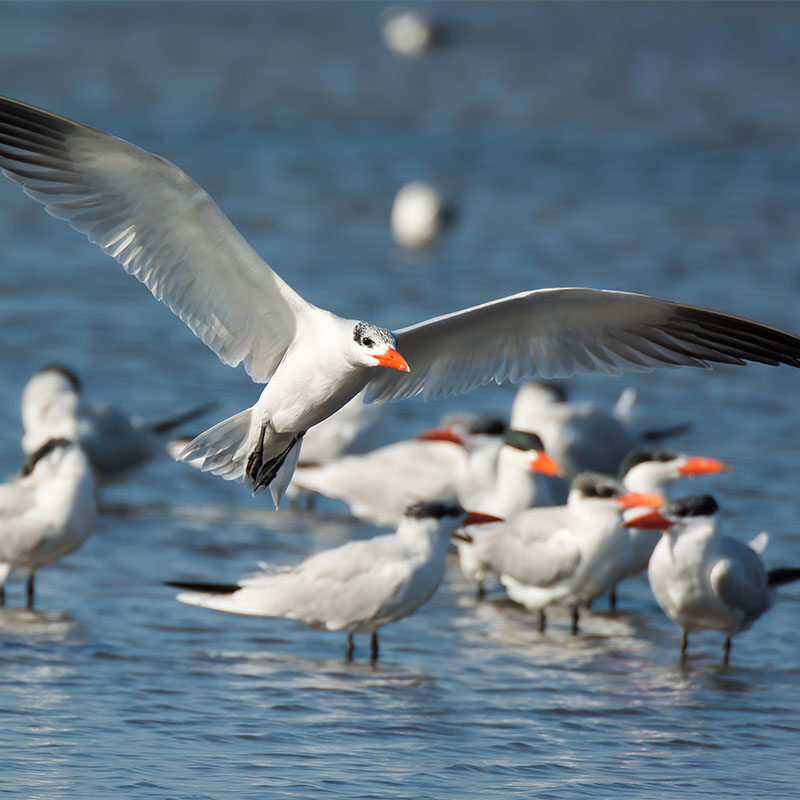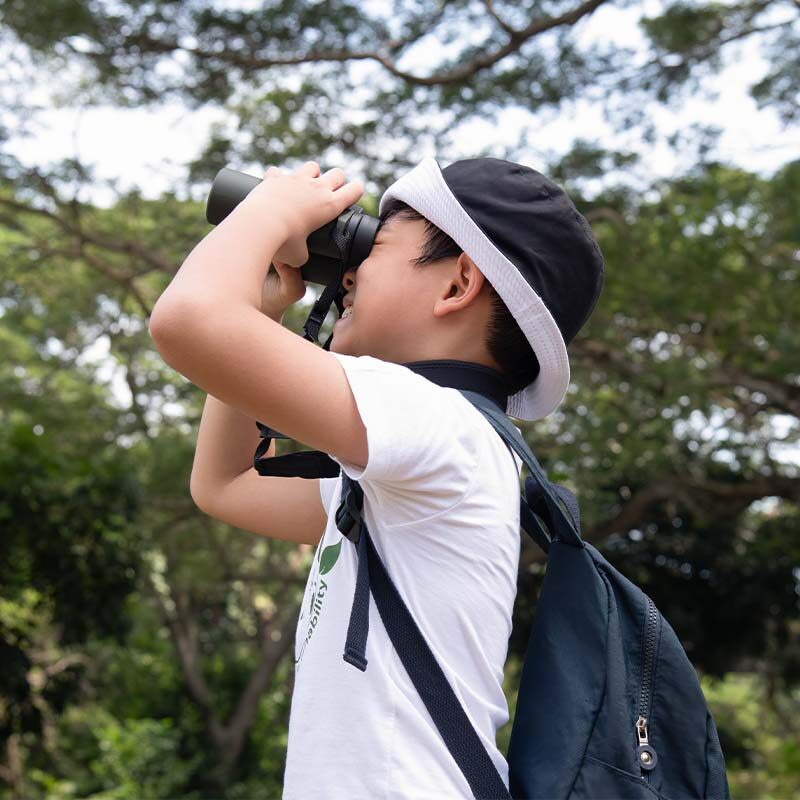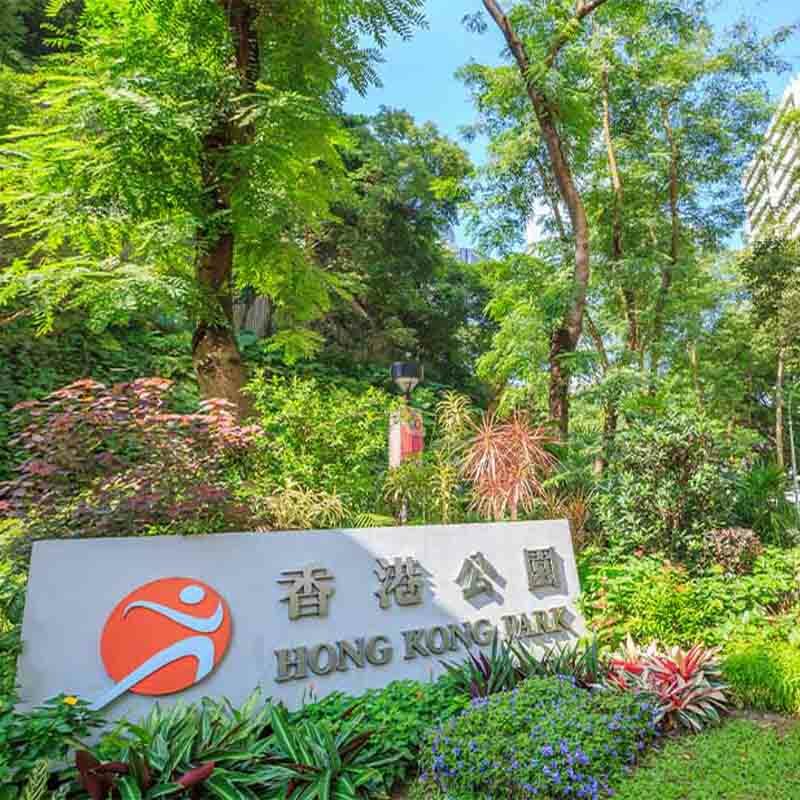All good things come to an end and the annual bird migration season in Hong Kong is no exception. As the temperatures rise, the migratory birds that have spent all Winter here will soon start heading north to their breeding grounds in the Arctic and Northern Asia, bringing yet another migration season in Hong Kong to a close.
But before it does, there will be one last bonanza for birdwatchers to enjoy: The Spring Migration.
Between late March and early May, a whole new cast of species will descend on Hong Kong exclusively for this season, en-route to other destinations. Though their time here is relatively short, these 20,000 – 30,000 birds nonetheless make a great final act to Hong Kong’s greatest natural event, before it comes to an end for another year. And if you can catch them in that brief overlap period when the Winter migrants haven’t quite left yet, all the better.
WELL, here are 5 of the many Spring migrants to catch this year.
Caspian Tern
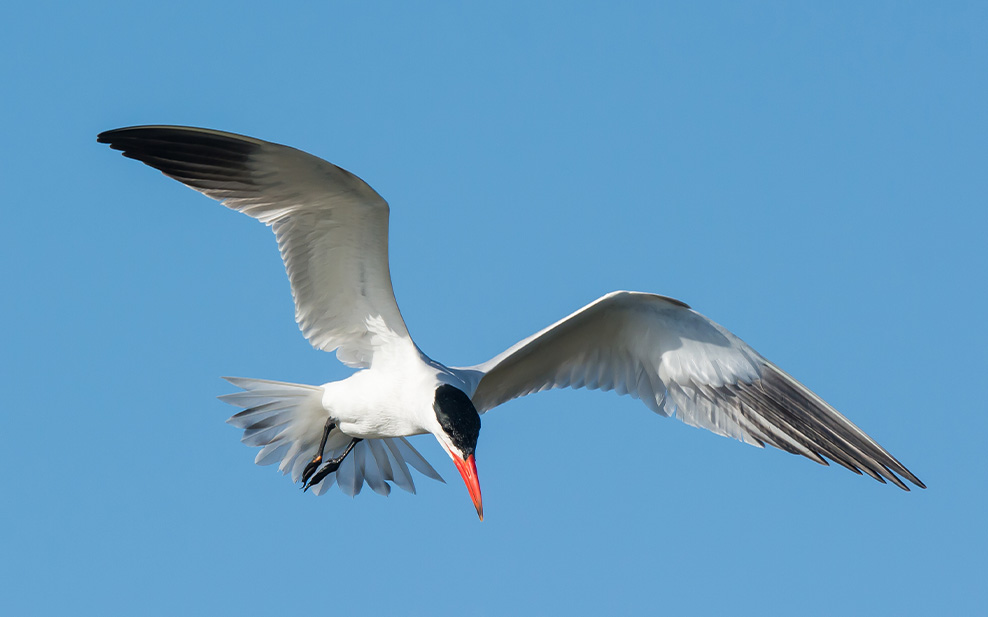
There are plenty of terns that come to Hong Kong for the Spring migration (and stick around for the Summer to breed too). But few are as eye-catching as the Caspian tern, the world’s largest tern with a distinctive coral-red beak and black-capped head. Like many terns, it is a coastal bird that feeds on fish, which it catches by diving at them from above. In Hong Kong, the best place to see it is the coastal mudflats of Mai Po Nature Reserve. Unfortunately, this also makes it one of the less convenient species to see, as access to these mudflats and their accompanying mangroves requires a special entry permit (or a place on one of WWF’s guided Mangrove Boardwalk Adventure).
White-winged Tern
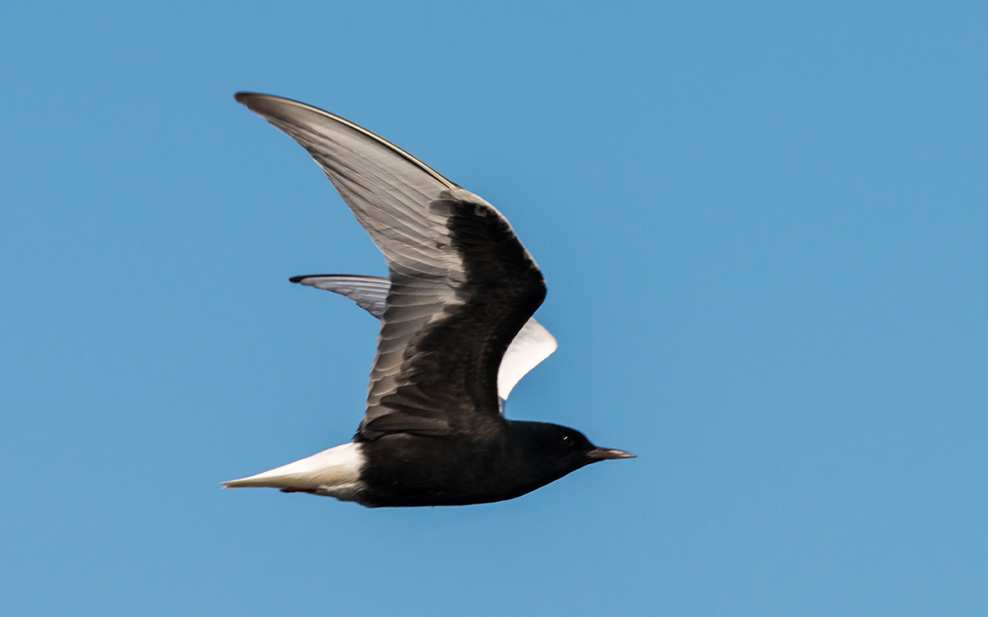
If you aren’t able to see Caspian terns on the Mai Po mudflats, a much easier tern to see during the Spring migration is the white-winged tern. Nowhere near as restricted in habitat preference as its larger cousin, this tern can be seen flying in large flocks over the inland fishponds of Deep Bay and over coastal areas (Sai Kung harbour can sometimes be a good place for them). Posts and stones in the water are also a good place to look for resting individuals.
Red-necked Phalarope
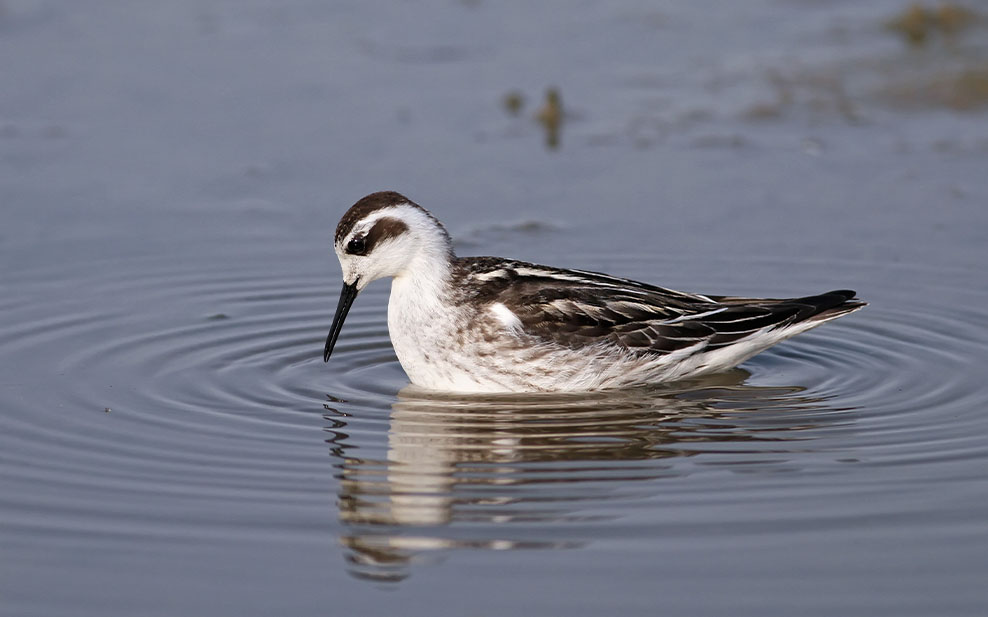

This bird may seem misnamed by those who first see it in Hong Kong. But the silvery feathers it sports here are only its non-breeding plumage, and by the time it reaches its Arctic nesting grounds, it will have fully come into its reddish brown colours. Fortunately, you may still see its unique feeding strategy of spinning rapidly around on the water to stir small organisms to the surface while it is here. While most sightings happen at sea, some individuals can also be seen in Hong Kong Harbour and in the fishponds of the Northwest New Territories.
Oriental Pratincole
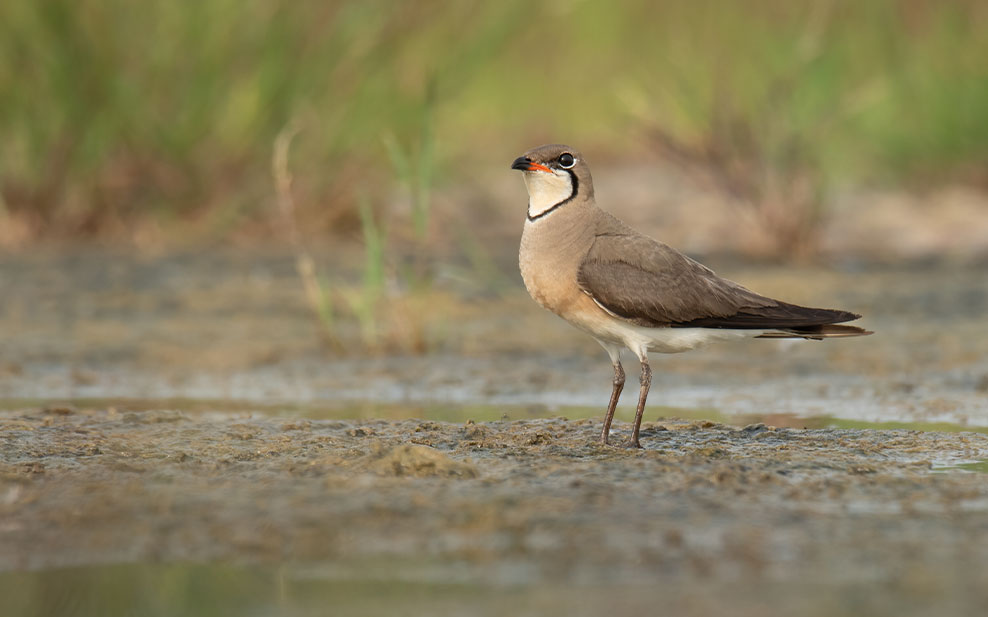
Surprisingly, despite its long legs and preference for wetland habitats, the oriental pratincole is not actually a wading bird and can be quite hard to spot on the ground. Instead, it hunts for insects on the wing in large flocks, more like a swallow. Its preferred foraging grounds are the airspace above fishponds, so it is most easily spotted in the Northwest New Territories.
Japanese Paradise Flycatcher
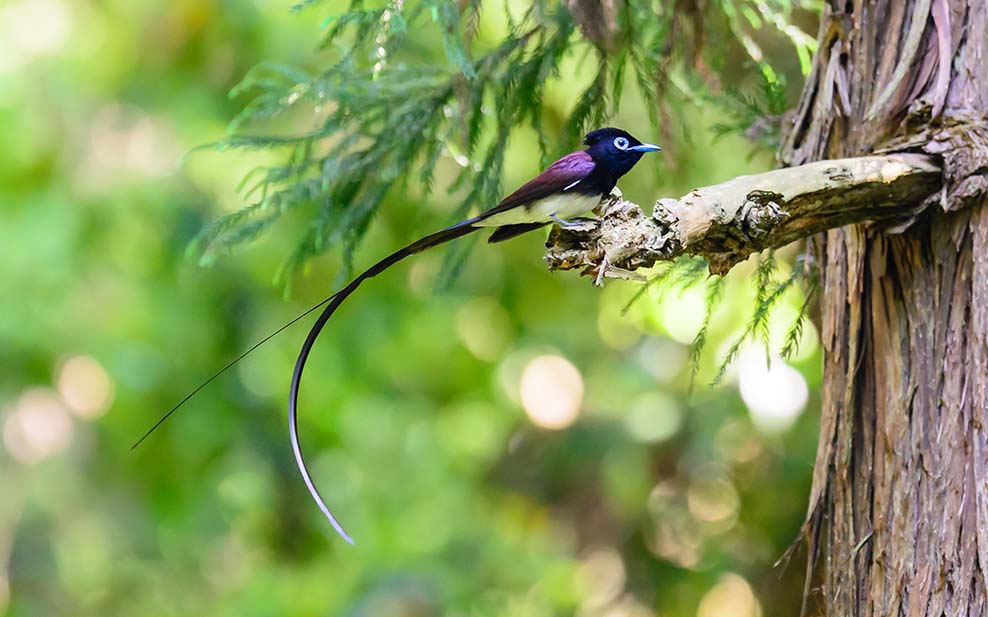
Think the resident blue magpies have long tail feathers? The male Japanese paradise flycatcher’s are three times the length of his body. But don’t be fooled into thinking that makes him easy to spot. As well as being one of the rarer Spring migrants, this bird’s preferred roosting spots are high up in the canopy of dense forests. However, it can sometimes be found in parks and gardens too, so you may just get lucky.
Written exclusively for WELL, Magazine Asia by Thomas Gomersall

Thank you for reading this article from WELL, Magazine Asia. #LifeUnfiltered.
Connect with us on social media for daily news, competitions, and more.

